Caring For Dragon Bone Plants – Learn How To Grow Dragon Bones


Dragon bone cactus is technically a succulent not a cactus. It is in the family Euphorbia or Spurge, a broad group of plants that include poinsettias and cassava. It has several other names, among them candelabra cactus, false cactus, elkhorn and mottled spurge. In northern zones, caring for dragon bone plants will require you to grow it in a greenhouse, solarium or in a sunny room. Dragon bone euphorbia is an elegant and structurally unique plant that can also live on the patio in summer as long as it is brought indoors before cool temperatures arrive.
Dragon Bone Euphorbia
Gardeners with unusual taste will go nuts for dragon bone cactus (Euphorbia lactea). The triangular branches form an eclectic scaffold upon which tiny green heart-shaped leaves and numerous reddish pink spines occur. This succulent produces latex milky sap, which may be toxic to some gardeners, so it's best to use gloves when handling broken stems. Here are a few tips on how to grow dragon bones as an in-ground plant or potted specimen for the home interior. Dragon bone is indigenous to India but can be grown in United States Department of Agriculture zones 10 and 11. The plant may achieve 6 feet (1.8 m.) tall by 3 feet (.9 m.) wide in containers but exceeds that in the ground, growing up to 12-15 feet (3.6-4.5 m.) in height. The tiny leaves fall off as the spines are produced and are only present on new growth. Overall the plant is leafless, thorned and has numerous vertical branches rising from a stout central leader. The branches are mottled green with white lines. Flowers are rare, tiny and inconspicuous. Propagation is best accomplished through stem cuttings. These must be allowed to callus before planting.
How to Grow Dragon Bones
Northern gardeners will do best if they plant the cactus in a well-draining pot. Choose a container that will evaporate excess moisture, such as a clay pot. Use a cactus soil mix or add gritty sand and pebbles to a commercial plant formula. This euphorbia doesn’t mind being crowded in its pot. In-ground plants benefit from added grit or install the plant in a rocky area of the garden that has mixed loam. Dragon bone prefers full sun with some protection from the midday light. Propagation of dragon bone is simple through stem cuttings. Use a sterile, sharp implement and allow to dry out for a few days and callus at the cut end. Use a soilless mixture to root the cuttings. Keep lightly moist but not soggy. Once the cutting has developed roots, transfer to a container with cactus mix.
Caring for Dragon Bone Plants
As part of dragon bone plant care, you should water regularly, at least once per week in the growing season, but allow soil to dry out in the top few inches (7.6 cm.). Do not allow the roots to stand in water. In the winter, water once per month to allow for the dormant period. Prune the plant as needed to remove errant stems or keep it in a tidy habit. Use gloves when handling the plant to avoid contact with the toxic sap. Use insecticidal soap to control the occasional pests such as mealybugs, aphids, and spider mites. Every two weeks in the growing season use water soluble fertilizer diluted to half for potted plants. Suspend feeding in fall and winter. In-ground plants should also be fertilized with a half dilution, which will replace the regularly scheduled irrigation. Dragon bones is a distinctive plant that is easy to care for and both drought and deer resistant. Try it in your home or landscape for matchless appeal and evocative design.
Gardening tips, videos, info and more delivered right to your inbox!
Sign up for the Gardening Know How newsletter today and receive a free copy of our e-book "How to Grow Delicious Tomatoes".

Bonnie Grant is a professional landscaper with a Certification in Urban Gardening. She has been gardening and writing for 15 years. A former professional chef, she has a passion for edible landscaping.
-
 7 New & Improved Cultivars Of Old-Fashioned Plants – These Aren’t Your Grandma’s Plants!
7 New & Improved Cultivars Of Old-Fashioned Plants – These Aren’t Your Grandma’s Plants!Old is new again! These old-fashioned plants have new cultivars that are sure to thrive in your garden and bring the charm factor. Neighbors will be envious!
By Mary Ellen Ellis
-
 12 Mother’s Day Garden Gifts That Celebrate Moms Who Love To Grow
12 Mother’s Day Garden Gifts That Celebrate Moms Who Love To GrowAll Moms deserve to feel special on Mother’s Day, so treat her to a thoughtful gardening gift that helps her get the most out of her hobby.
By Melanie Griffiths
-
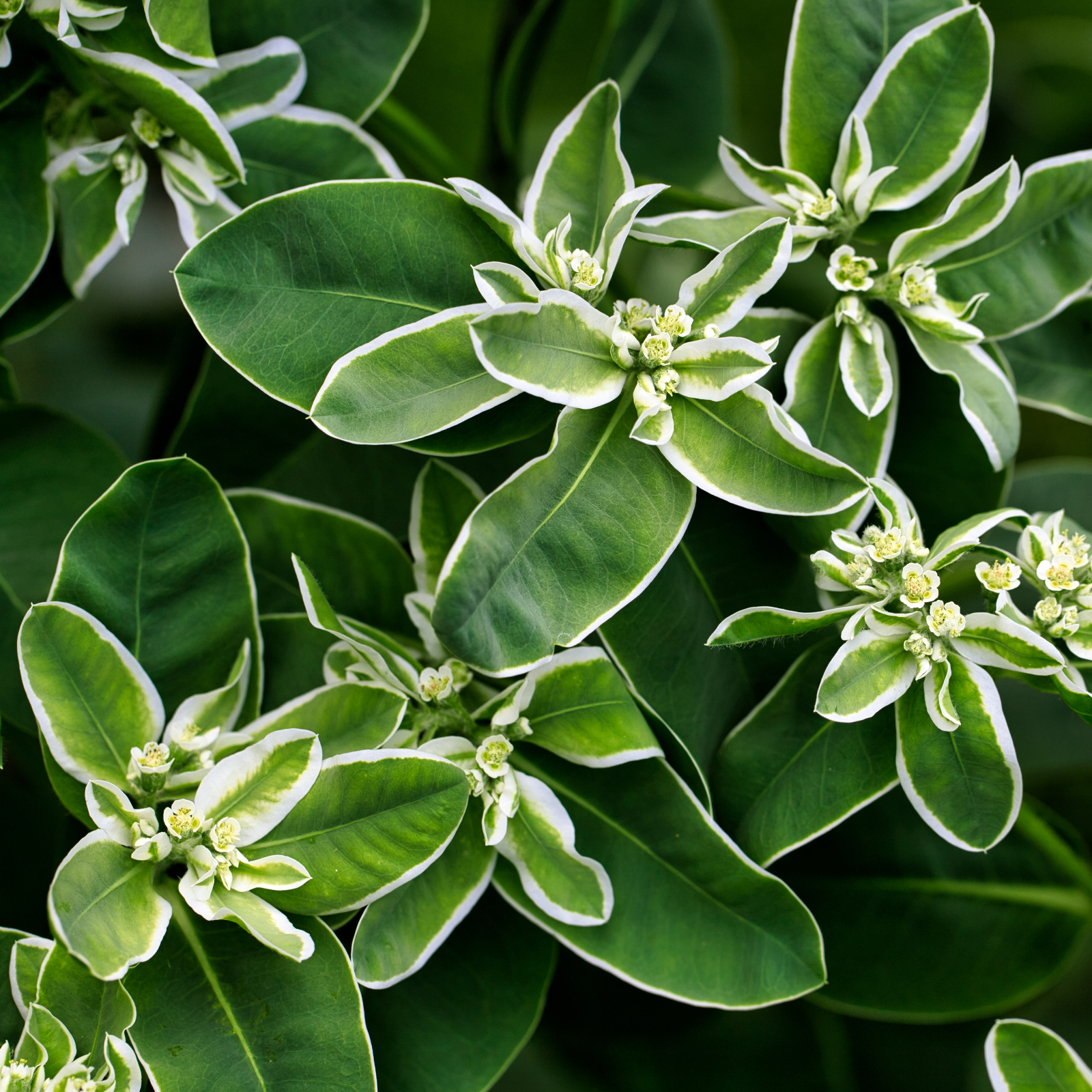 Snow On The Mountain (Euphorbia Marginata): Complete Care And Growing Guide
Snow On The Mountain (Euphorbia Marginata): Complete Care And Growing GuideSnow on the Mountain is a unique succulent plant that is native to North America. Learn all about Euphorbia marginata and how to care for it in your garden.
By Bonnie L. Grant
-
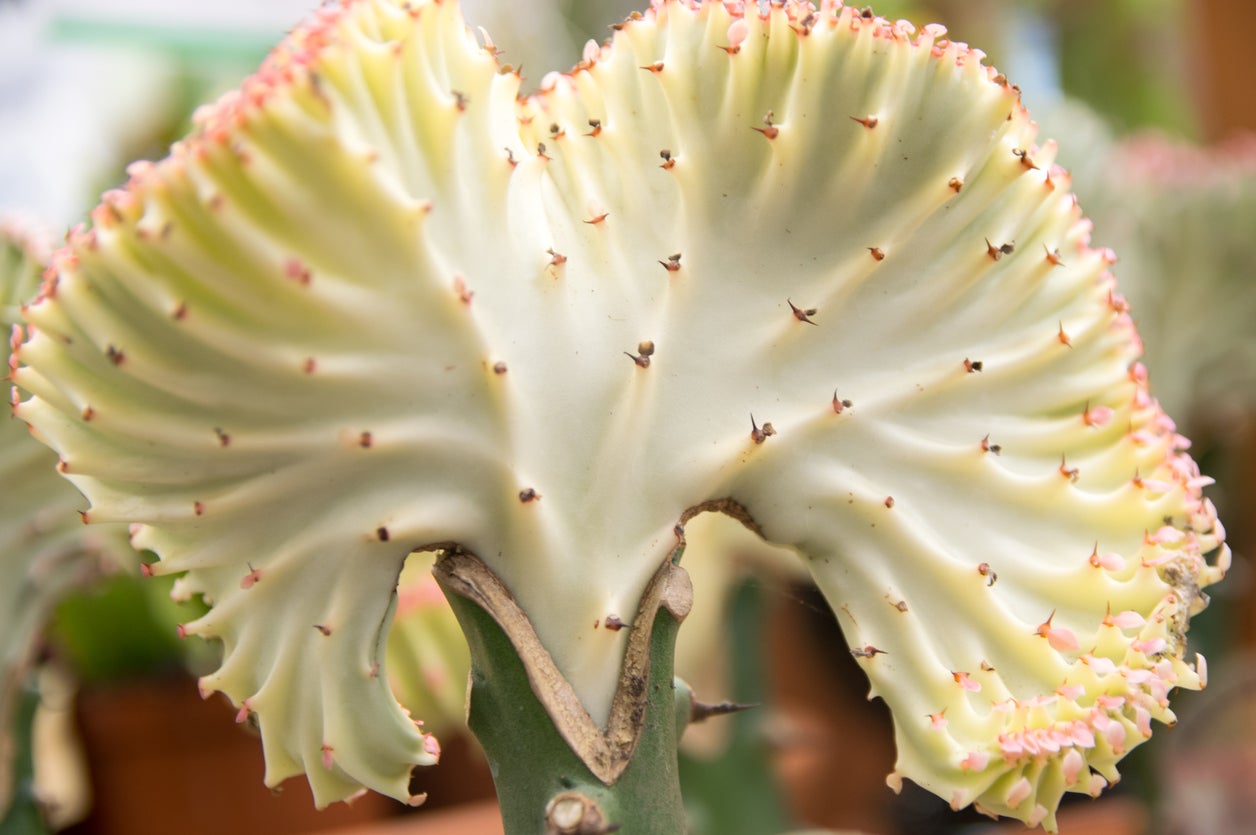 Euphorbia Stem Rot Issues – Reasons For A Rotting Candelabra Cactus
Euphorbia Stem Rot Issues – Reasons For A Rotting Candelabra CactusCandelabra cactus stem rot, also called euphorbia stem rot, is caused by a fungal disease. The tall stems of euphorbia begin to rot at the top of the limbs once the fungus takes hold. Click this article for more information about this disease.
By Becca Badgett
-
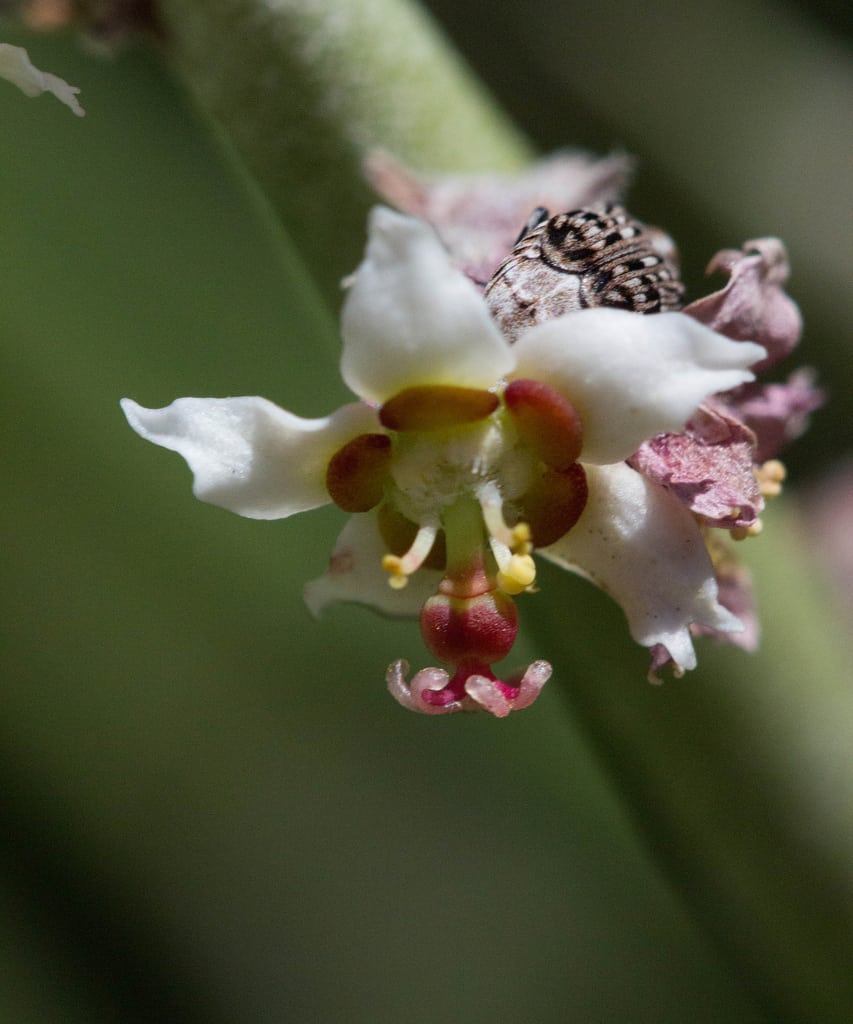 What Is A Candelilla Plant – How To Grow A Wax Euphorbia Succulent
What Is A Candelilla Plant – How To Grow A Wax Euphorbia SucculentSucculent lovers should definitely have a wax euphorbia succulent in their collection. There are no serious pests or disease associated with this plant and it has an ease of care which appeals to forgetful gardeners. Learn about growing a candelilla euphorbia here.
By Bonnie L. Grant
-
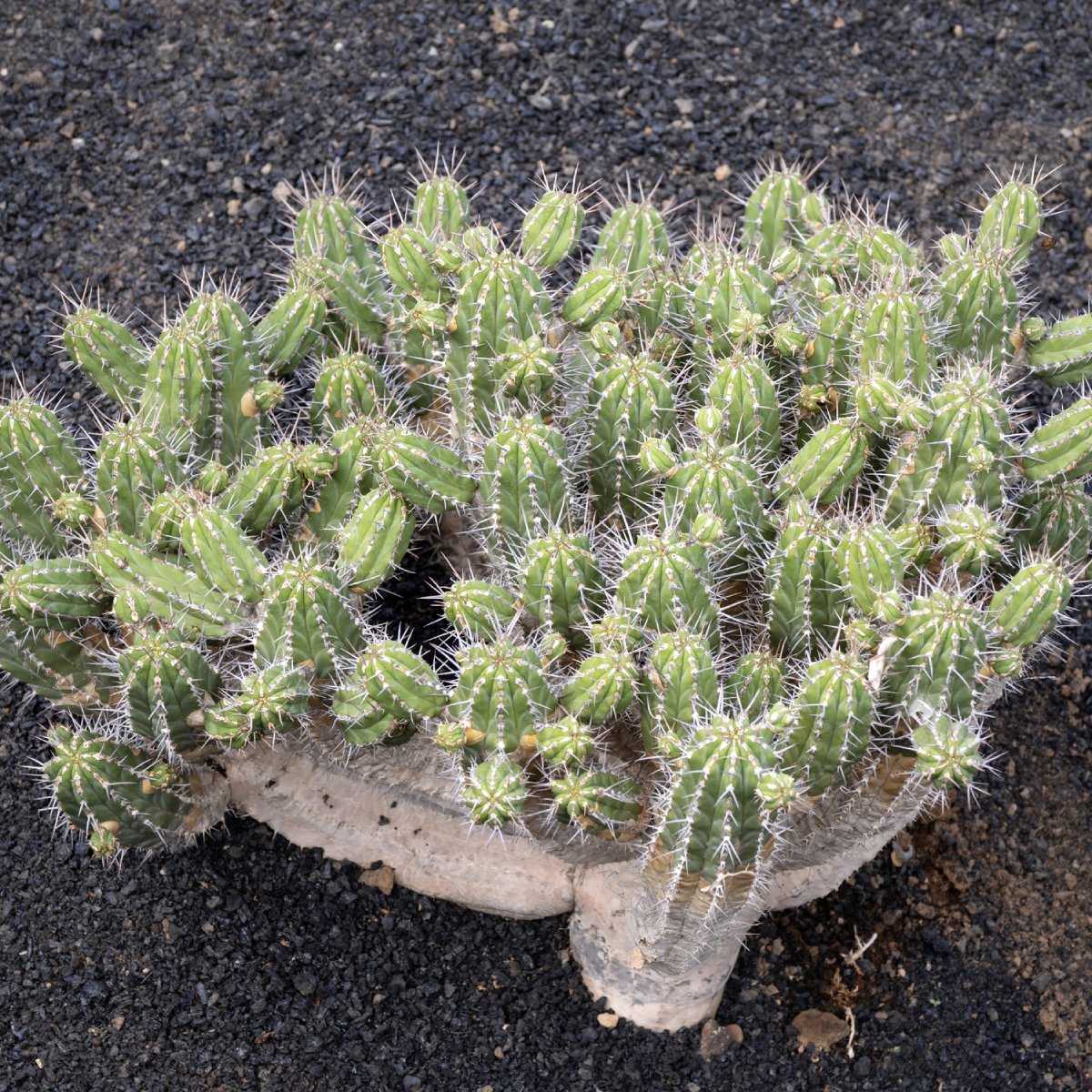 Moroccan Mound Succulents: How To Grow Euphorbia Resinifera Plant
Moroccan Mound Succulents: How To Grow Euphorbia Resinifera PlantBy Amy Grant
-
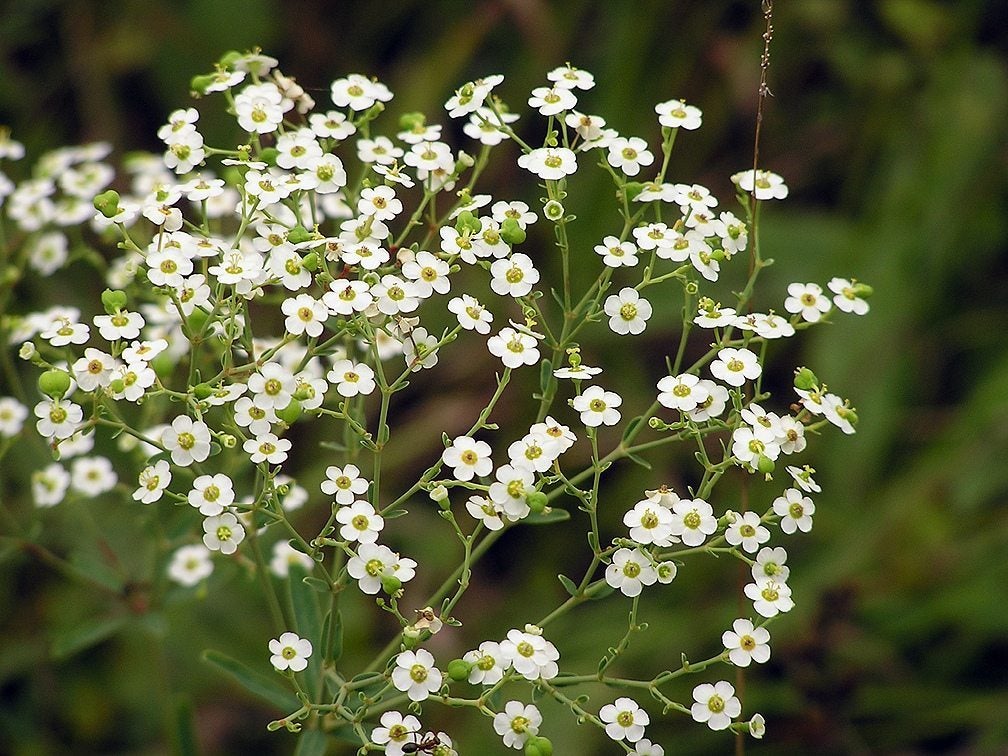 Flowering Spurge Info – Learn How To Grow Flowering Spurge Plants
Flowering Spurge Info – Learn How To Grow Flowering Spurge PlantsAlso known as baby's breath of the prairie, flowering spurge plants produce white, green-centered flowers from early summer to late summer. Growing flowering spurge isn't difficult as long as you can provide the right conditions. Click here to learn more.
By Mary H. Dyer
-
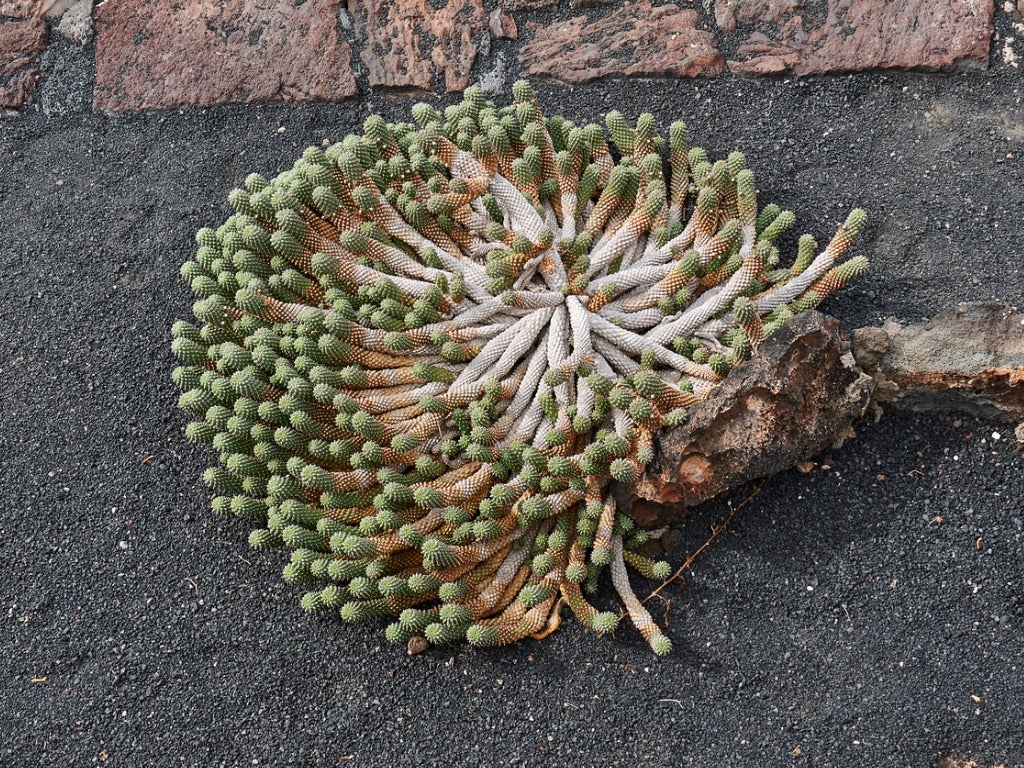 Euphorbia Medusa’s Head Care: How To Grow A Medusa’s Head Plant
Euphorbia Medusa’s Head Care: How To Grow A Medusa’s Head PlantThe genus Euphorbia boasts a number of fascinating and beautiful plants, and the Medusa's Head euphorbia is one of the most unique, with grayish-green, snake-like branches and yellowish-green blooms. Want to learn how to grow a Medusa's Head? Click here.
By Mary H. Dyer
-
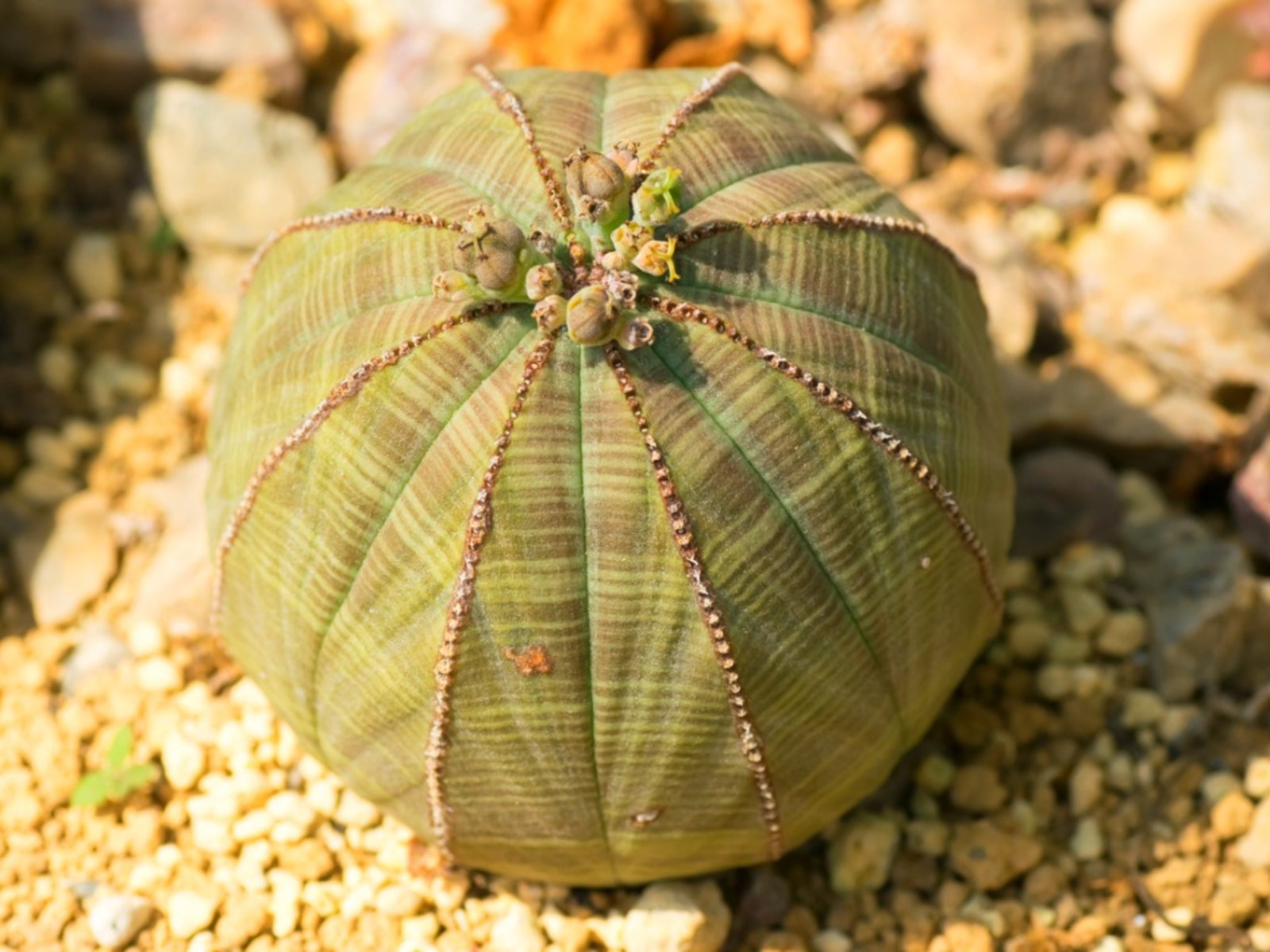 Baseball Plant Info: How To Grow Baseball Euphorbia
Baseball Plant Info: How To Grow Baseball EuphorbiaEuphorbia obesa, also called baseball plant, forms a ball-like segmented shape that is adapted to hot, arid climates. Euphorbia baseball plant makes an excellent houseplant and is low maintenance. Read here to learn more about it.
By Bonnie L. Grant
-
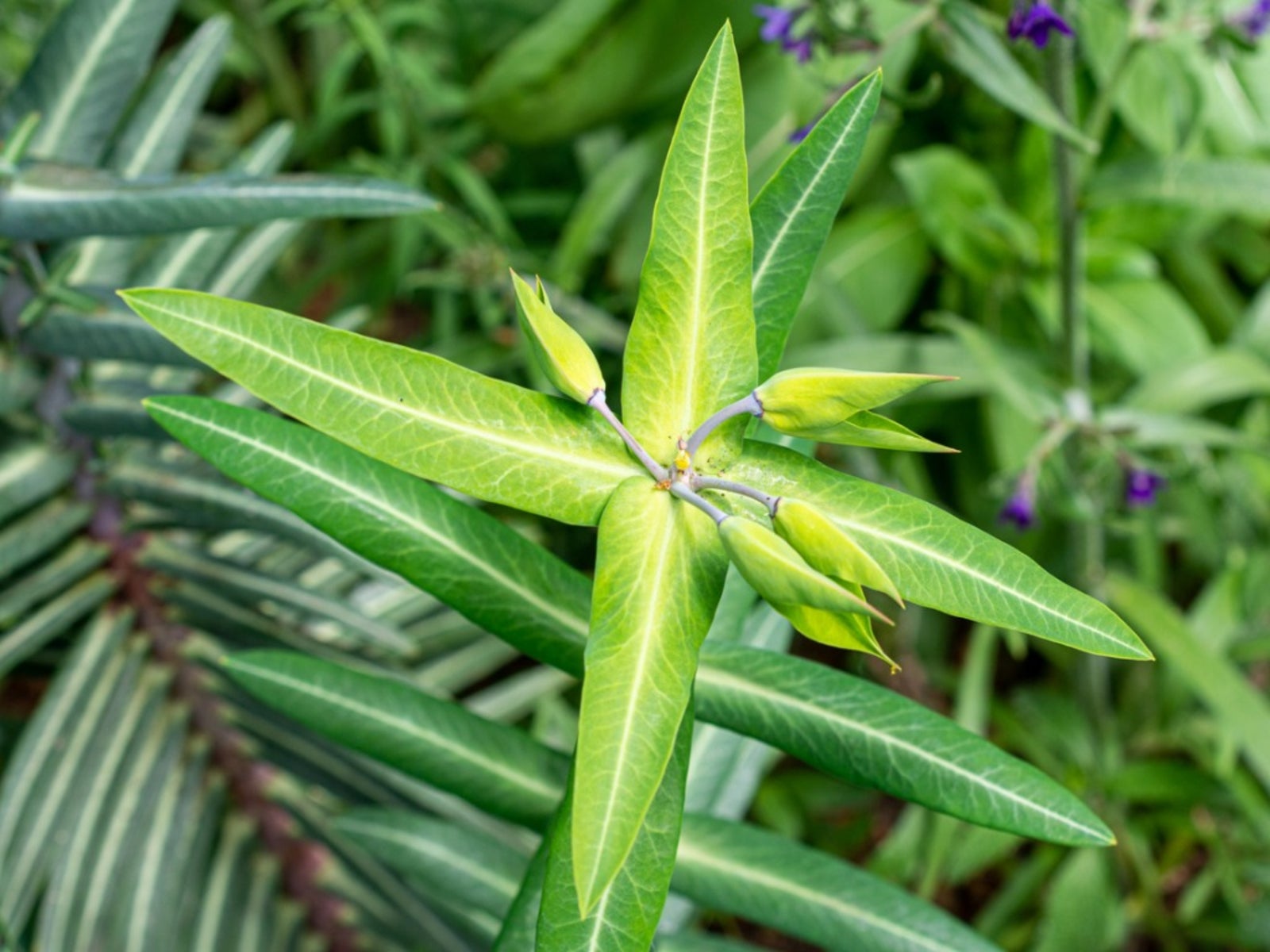 What Is Mole Plant Euphorbia: Information On Grow A Mole Spurge Plant
What Is Mole Plant Euphorbia: Information On Grow A Mole Spurge PlantYou've probably seen the mole plant euphorbia blooming in pastures or meadows, but if you're not familiar with the name, you may wonder, "What is a mole plant?". Read here to find out more.
By Becca Badgett